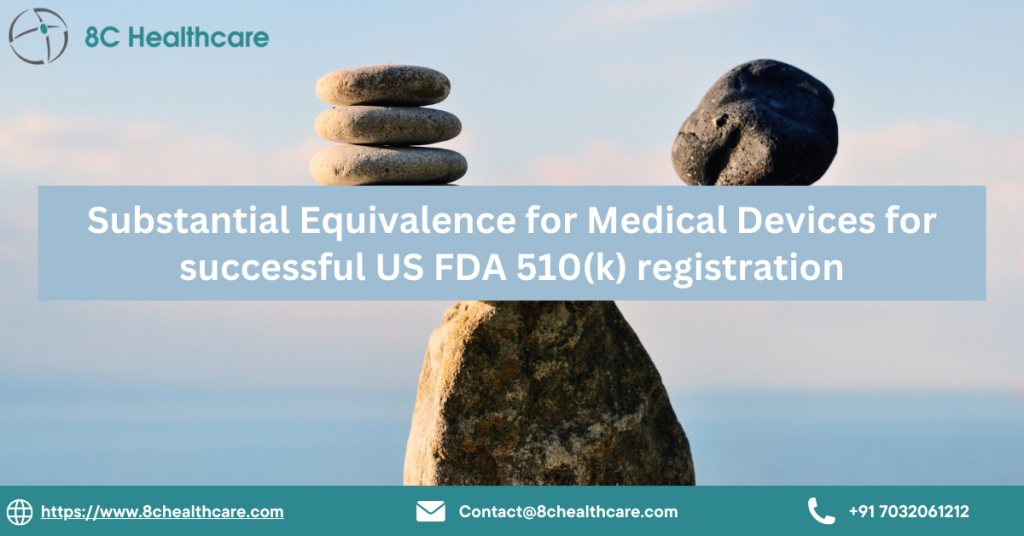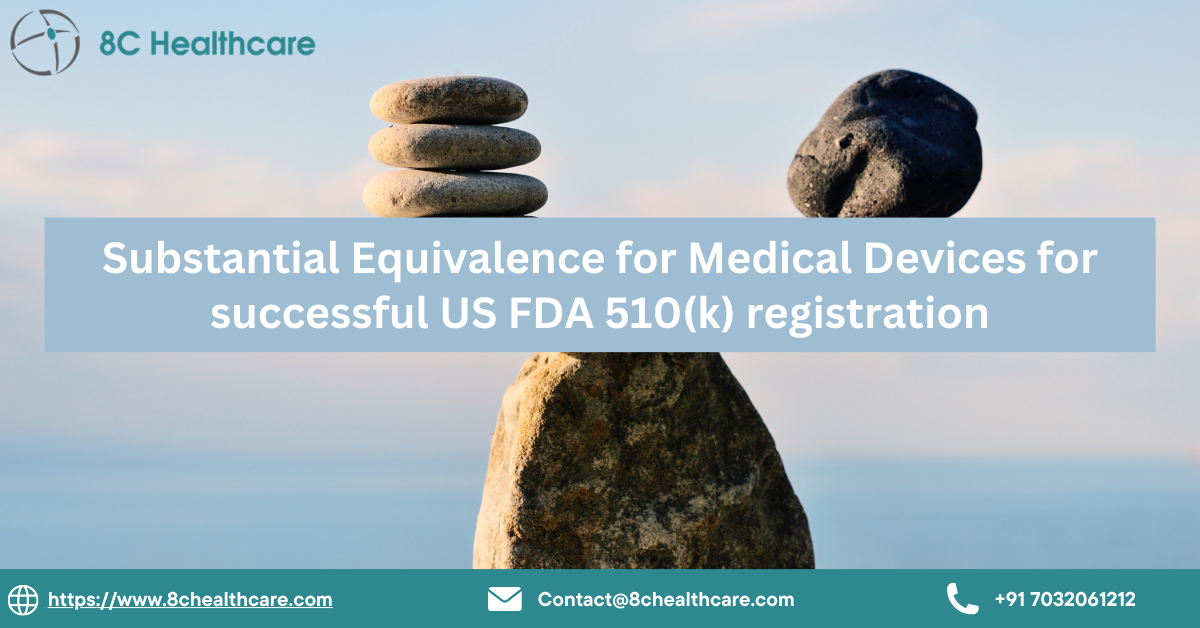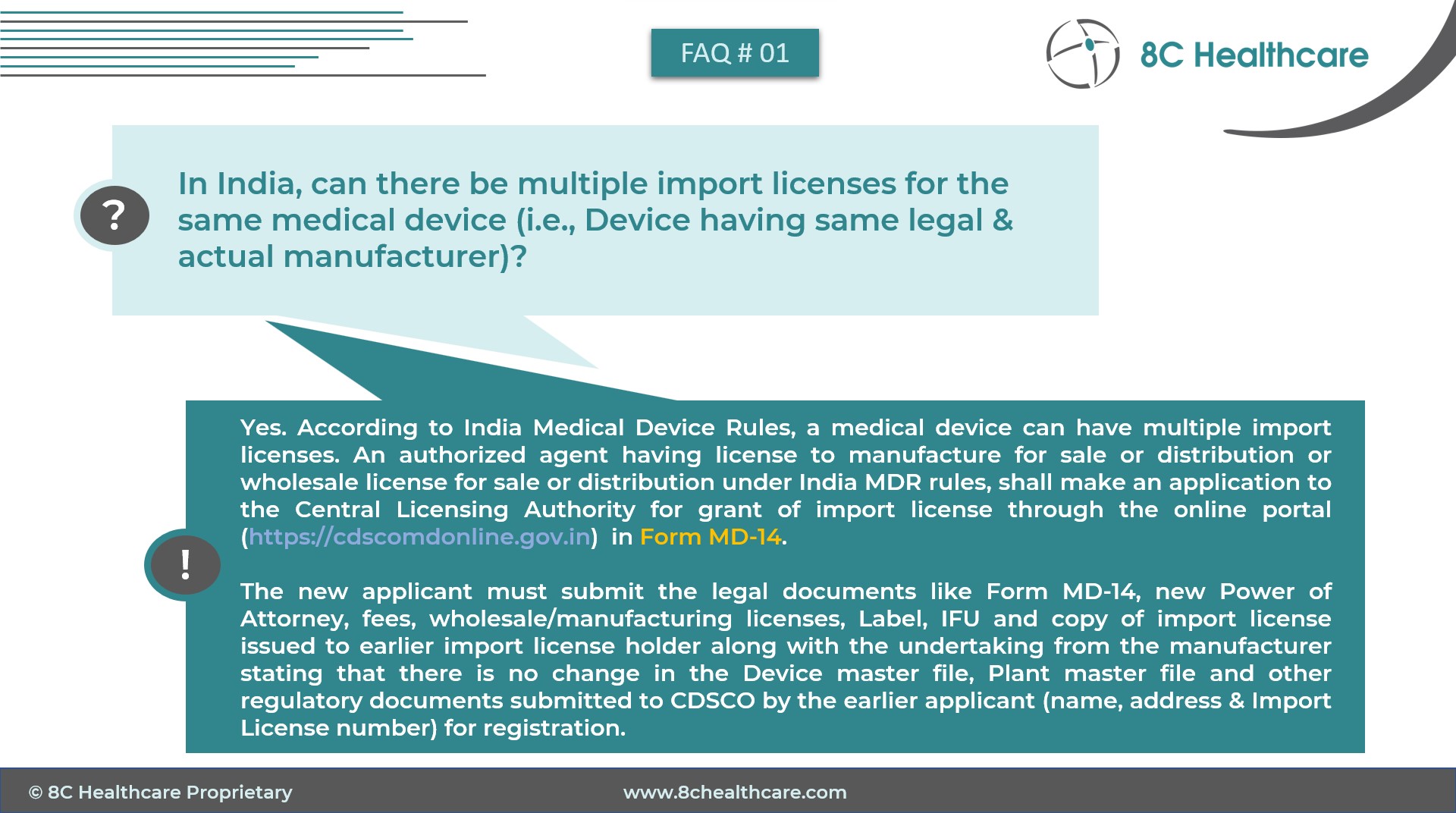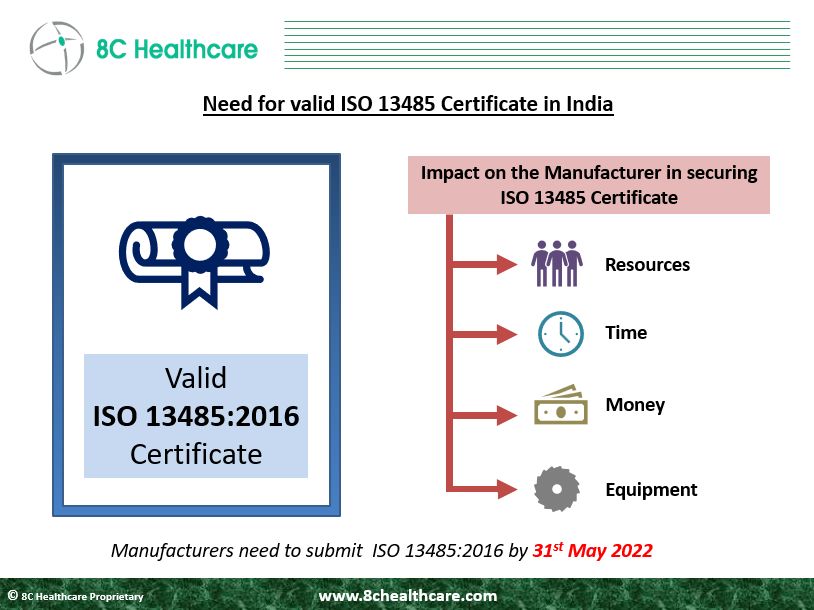For compliance with medical device regulation in the United States, demonstrating substantial equivalence is a pivotal requirement for obtaining FDA clearance through the 510(k) pathway. Substantial equivalence is a concept that ensures a new medical device is as safe and effective as a legally marketed predicate device. Understanding and effectively navigating substantial equivalence is essential for manufacturers seeking successful FDA 510(k) registration.

Understanding medical device substantial equivalence for US FDA 510(k) registration
At its core, substantial equivalence entails demonstrating that a new medical device is comparable to a predicate device in terms of intended use and technological characteristics. The FDA defines substantial equivalence as meeting one of two criteria:
- Same Intended Use and Technological Characteristics: The new device has the same intended use and technological characteristics as the predicate device.
- Same Intended Use with Different Technological Characteristics: The new device has the same intended use as the predicate device, but with different technological characteristics that do not raise different questions of safety and effectiveness.
Key Components of Substantial Equivalence for US FDA 510(k) registration
- Intended Use: The new device must have the same intended use as the predicate device.
- Technological Characteristics: The technological characteristics of the new device must be compared to those of the predicate device, covering aspects such as design, energy used/delivered, materials, performance, safety, and effectiveness.
- Performance Data: Performance data, including clinical and non-clinical bench performance testing, must be submitted to demonstrate the safety and effectiveness of the new device compared to the predicate.
Comparison Methodologies for establishing substantial Squivalence for US FDA 510(k)
To establish substantial equivalence, manufacturers must provide a clear and comprehensive comparison of their device to one or more predicate devices. This comparison is typically presented in a side-by-side format, detailing similarities and differences in various characteristics such as intended use, design, performance, materials, and safety. Performance testing, biocompatibility studies, sterilization validation, and clinical data may be necessary to support the comparison and demonstrate equivalence.
Establishing substantial equivalence for US FDA 510(k) registration
Establishing substantial equivalence for medical devices is a crucial step in gaining approval or clearance from the US Food and Drug Administration (FDA). Here’s a general outline of the process:
- Identify Predicate Device: Find a legally marketed device (predicate) that is similar to yours and has already received FDA clearance or approval. The predicate should have the same intended use and technological characteristics or with different technological characteristics that do not raise different questions of safety and effectiveness as your device.
- Comparative Analysis: Conduct a detailed comparison between your device and the predicate device. This analysis should cover aspects such as design, materials, intended use, performance, safety, and labeling.
- Equivalence Criteria: Define specific equivalence criteria based on the FDA’s guidance documents and regulations such as US FDA recognized Consensus Standards, Special Control guidance etc. These criteria should demonstrate that your device is as safe and effective as the predicate device.
- Data Collection and Analysis: Gather data to support your comparison. This may include technical specifications, test results, clinical data, and literature reviews. Analyze the data to show how your device meets the defined equivalence criteria.
- Risk Assessment: Conduct a risk assessment to identify and evaluate any potential risks associated with your device. Compare these risks with those of the predicate device and demonstrate that they are comparable or adequately mitigated.
- Prepare Documentation: Compile all the data, analysis, and documentation into a comprehensive 510(k) premarket notification submission package.
Successfully navigating substantial equivalence is crucial for obtaining FDA clearance through the 510(k) pathway. Manufacturers must meticulously assess the similarities and differences between their device and predicate(s), provide robust performance data, and justify any variations in technological characteristics. Non-compliance with substantial equivalence requirements may result in FDA rejection of the 510(k) submission, necessitating additional regulatory pathways or submissions.
For expert guidance on navigating substantial equivalence requirements and ensuring successful FDA 510(k) registration, contact us at contact@8chealthcare.com. Our team of regulatory experts is here to support you every step of the way.











